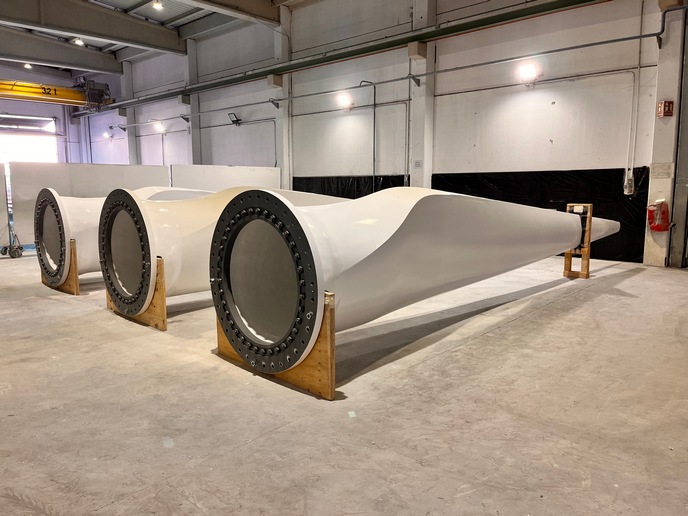Better tidal energy turbine blades lower the cost of doing business
While the sun, wind and tides are all infinitely renewable sources of energy, tidal energy has an added benefit. As Newton explained almost 450 years ago, the tides are primarily the result of two of the most highly predictable processes we know – the movement of the moon around the Earth as Earth spins on its axis. Therefore, unlike solar and wind energy, tidal energy is independent of the weather and predictable decades in advance. Tidal turbines also have less visible and audible impact on surrounding communities. Despite its potential and the EU’s historical global leadership in the field, tidal energy currently contributes little to the EU electricity supply. One of the biggest barriers is cost. The EU-funded NEMMO project focused on reducing the levelised cost of energy with a holistic design campaign to improve tidal turbine blade performance and durability.
Exploiting the advantages of tidal energy
Water is about 800 times denser than air so tidal turbine blades are shorter and sturdier than wind turbine blades. They also rotate more slowly but the high density of water relative to air means that tidal currents can generate more energy per unit area than wind. However, given the physical and chemical wear imposed by rotating through dense saltwater, blade edges can erode rapidly. This can cause cracks – enabling water to enter, accelerating fatigue and increasing the risk of failure.
A holistic modelling, development and testing campaign
Cavitation is a key problem for tidal turbine blades. As the blades rotate, the periodic hydrostatic pressure drop on the blades’ surface induces the formation of bubbles that implode, leading to surface fatigue. “Modelling has been relatively minimal in the tidal industry. NEMMO began with extensive computer modelling to evaluate the potential cavitation effects on scaled-down versions of the blades,” explains project coordinator Pablo Benguria of Tecnalia Research & Innovation. In tandem, NEMMO developed novel materials, coatings and processes to increase the lifespan of tidal turbine blades. Nano-enhanced composite materials improved fatigue and impact resistance and blade surface microtexturing decreased biofouling. Novel non-leaching anti-fouling coatings were developed to provide permanent cavitation resistance. “Fatigue testing is a must with wind blades and a huge bibliography of references is available, but fatigue testing of tidal turbine blades is in its infancy. Our testing procedures, which support improved models and thus optimised tidal turbine blade designs, enabled us to characterise cavitation wear rates, biofouling growth and aging in a harsh marine environment and to quantify the composite blade’s hydrodynamic performance and lifespan,” notes Benguria. These achievements should have an important impact on the increased reliability of future blade designs.
Optimised blades headed to sea
NEMMO’s comprehensive design process evaluated critical variables not studied exhaustively until now and resulted in a complex optimised design. “The new design will improve the energy production capability and durability of the blades, decreasing the operating expenses of tidal energy,” Benguria summarises. Three full-scale blades will soon be installed on the experimental ATIR turbine of partner Magallanes Renovables and tested in real operating conditions in the Orkney Islands, Scotland. NEMMO’s tidal turbine blades could hit the market soon, lowering the barriers to investment in tidal energy and unleashing the predictable power of the tides to support Europe’s transition to net zero emissions in energy production.
Keywords
NEMMO, tidal energy, tidal turbine blades, cavitation, biofouling, fatigue testing



